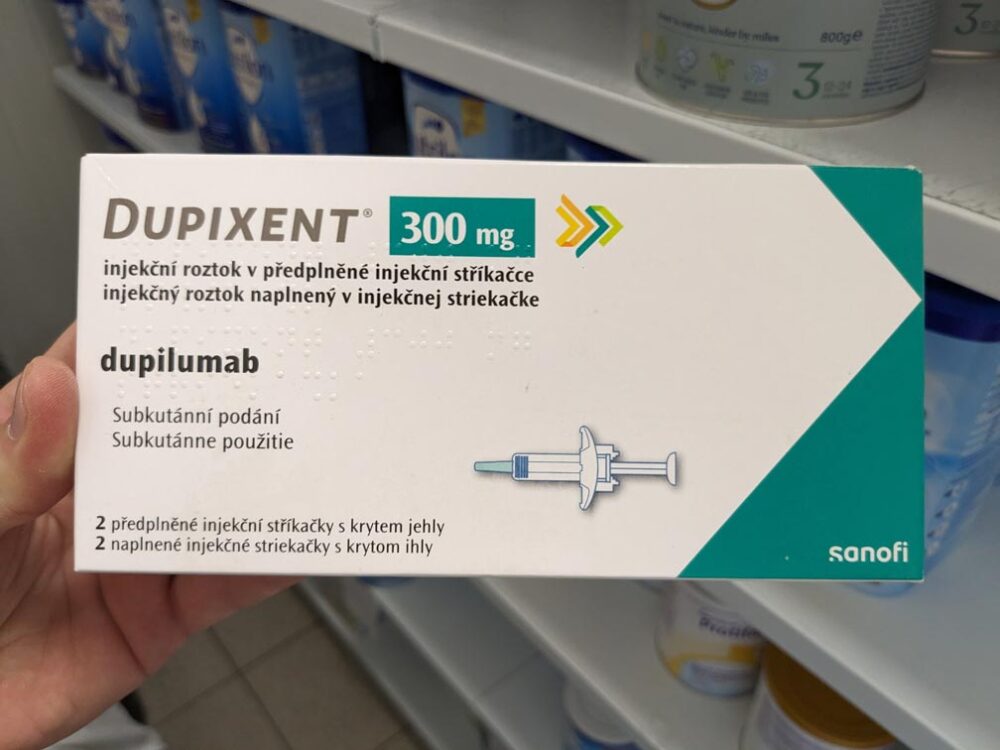Advertisment
The EMA has approved Dupixent (dupilumab) to treat eosinophilic esophagitis (EoE) in children as young as one – Sanofi

The European Medicines Agency has approved Dupixent (dupilumab) to treat eosinophilic esophagitis (EoE) in children as young as one year of age. Specifically, the approval covers children aged one to 11 years who weigh at least 15 kg and who are inadequately controlled by, intolerant to, or who are not candidates for conventional medicinal therapy. This expands the initial approval in the European Union (EU) for EoE in adults and adolescents and makes Dupixent the first and only medicine indicated to treat these young patients. Dupixent is also approved in this young age group in the US and Canada.
Houman Ashrafian, MD, PhD; Executive Vice President, Head of Research and Development, Sanofi “Up to half of all children in the EU with eosinophilic esophagitis remain uncontrolled despite existing standard of care treatment options, and, as a result, many of these young patients struggle to maintain weight due to serious symptoms such as difficulty swallowing and vomiting. This milestone provides an important new treatment for pediatric patients who were previously without options specifically approved for their disease. With this novel approach to addressing an underlying cause of eosinophilic esophagitis, Dupixent has the potential to give these young children a better chance to thrive.”
The approval is based on the two-part (Part A and B) EoE KIDS phase III study in children aged one to 11 years, which established a bridge showing the response to Dupixent in children with EoE is similar to that of the approved adult and adolescent populations. In Part A, children who received a higher dose of Dupixent (n=37) based on a weight-based dosing regimen experienced the following outcomes, compared to placebo (n=34) at 16 weeks: i. 68% achieved histological disease remission (≤6 eosinophils/high power field) compared to 3%, the primary endpoint. These results were sustained for up to one year in Part B of the study.. ii. 86% reduction in peak esophageal intraepithelial eosinophil count from baseline compared to a 21% increase. iii. Reductions in abnormal endoscopic findings and disease severity and extent (as measured at the microscopic level). iv. Nominally significant improvement in the frequency and severity of EoE signs, and numerical reduction in days with at least one sign of EoE, based on caregiver-reported outcomes..





